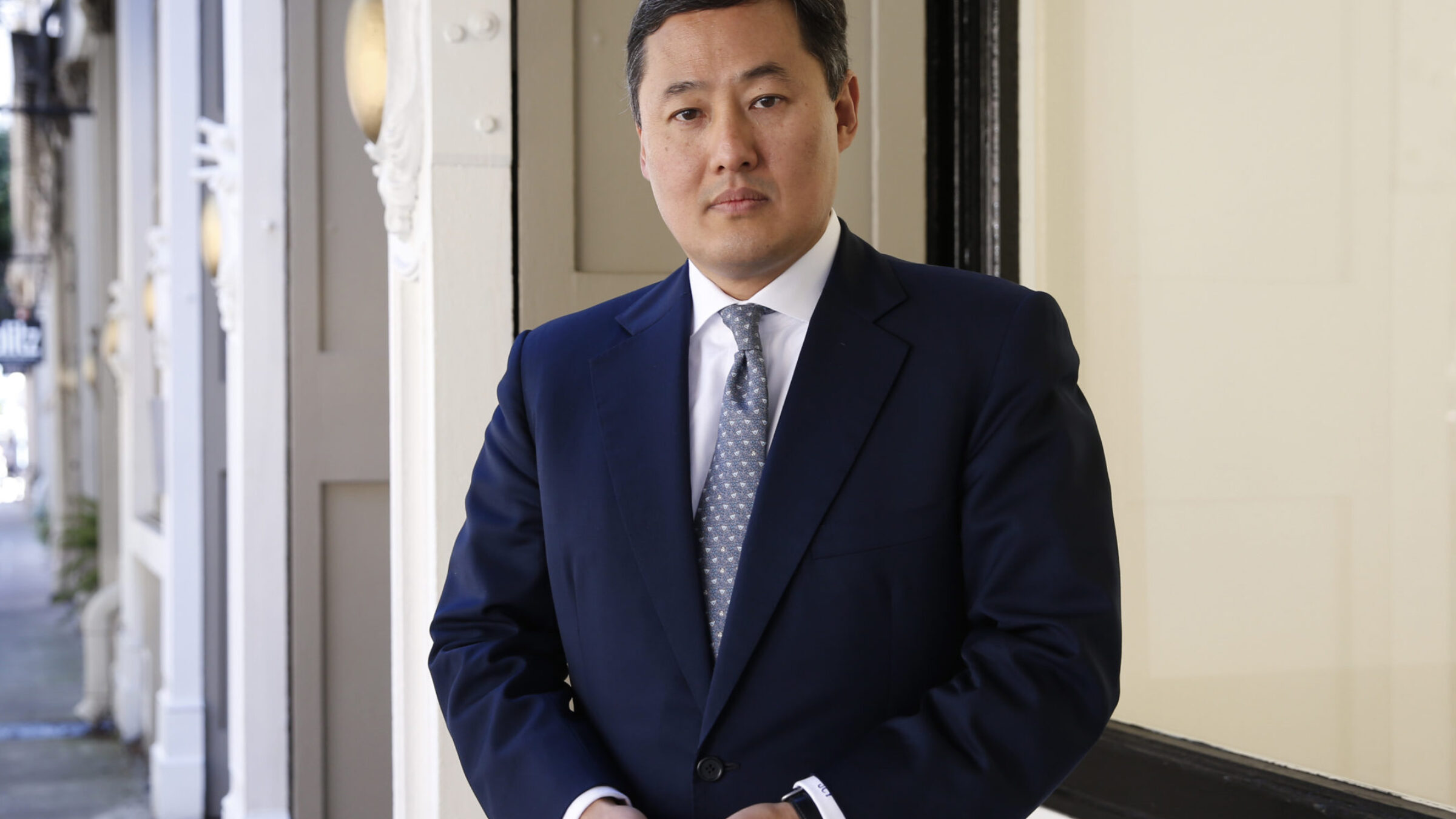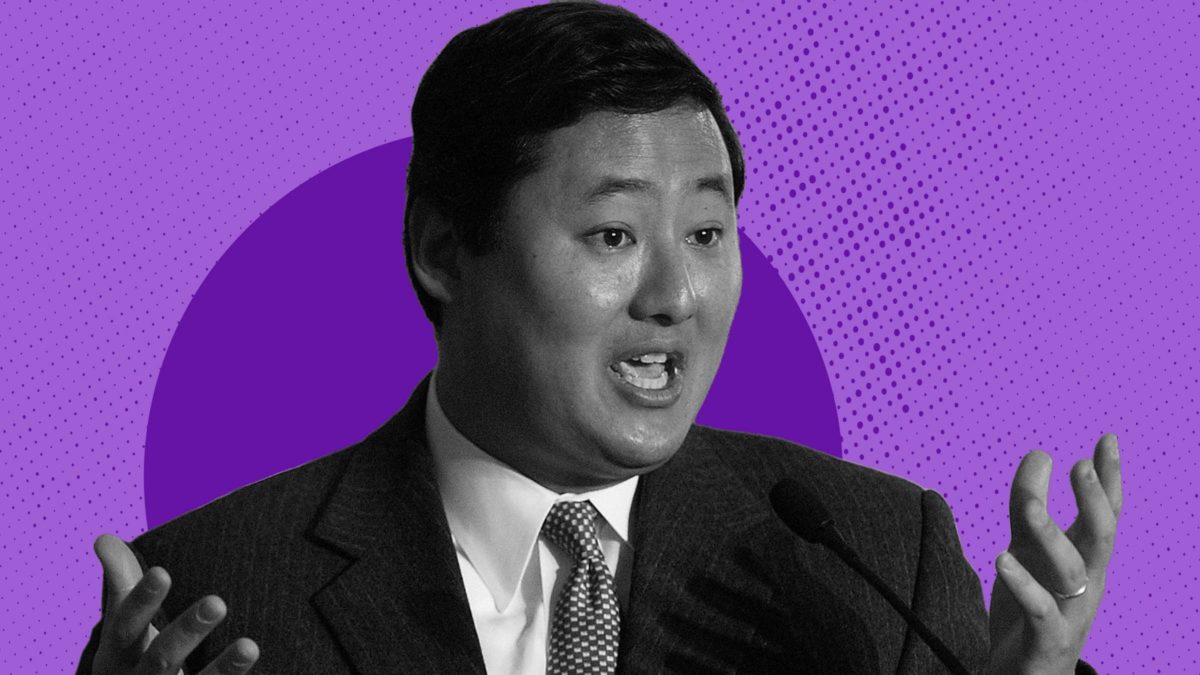Last January, a group of concerned citizens attempted to petition Congress for a redress of grievances on behalf of Donald Trump, who hosted The Apprentice for 14 seasons and then served as President of the United States after winning a contest on a radio call-in show. Specifically, they believed Trump won the 2020 presidential election that he in fact lost. They believed this largely because Trump told them so, boisterously and often, including on the very morning they broke into the Capitol to try to hang Mike Pence.
Trump’s theory included both false factual allegations and false legal allegations. Factually, he argued that many states had unlawfully liberalized their election rules to make elections safe during the pandemic, allowed people to vote multiple times and so on—or, as he put it, that the elections were all fraud. Legally, Trump argued that under the Twelfth Amendment, the vice president could simply refuse to count Electoral College votes they don’t like, leaving Pence free to install Trump as president again.
The Twelfth Amendment does not, in fact, allow the vice president to simply refuse to count Electoral College votes they do not like. To understand why, it’s important to understand the context behind the Amendment. For the first few presidential elections, the Electoral College functioned even worse than it does now. Originally, each elector got two votes. Whoever got the most votes became president, and whoever got the second most votes became vice president. This meant that, in a two-party system with nationwide contested elections, the president and vice president would be members of different parties. Under this system, Donald Trump would still have won in 2016, but Hillary Clinton would have been his vice president.
Because everyone hated this, Congress proposed the Twelfth Amendment, which the states ratified in 1804. That amendment put in place the current system in which electors vote once for president and once for vice president, and prescribed a simple process for counting electoral votes: “The President of the Senate [meaning the Vice President] shall, in the presence of the Senate and House of Representatives, open all the certificates and the votes shall then be counted.” The amendment doesn’t say who shall do the counting, nor does it describe how to referee disputes about a state’s election. This is because that was not the problem the amendment was drafted to solve.
Rather, in 1887, Congress filled in this gap by passing the Electoral Count Act, which gives state governors the first crack at certifying their slates of electors. The vice president, acting as president of the Senate, can choose to include or exclude votes, but Congress can vote to override his decisions; if the House and Senate disagree with each other, the state governor’s certificate of who his states’ electors voted for controls. The Electoral Count Act isn’t well-drafted, but it’s worked: In January 2020, Vice President Pence decided to count the electoral votes from Pennsylvania and Arizona for Joe Biden. A few Republican lawmakers challenged that decision, but both houses of Congress rejected those challenges.
In a desperate bid to get around 135 years of Electoral Count Act history, a Trump election lawyer, John Eastman, simply argued that the Act was unconstitutional under the Twelfth Amendment. Eastman, whose entire career has been an avant-garde performance art piece arguing that University of Chicago law students are not competent to practice law, didn’t succeed. But prominent conservative legal theorists are doing their best to make sure the next Republican candidate to challenge a presidential election will have an easier time of it.
John Yoo and Robert Delahunty—professors at Berkeley Law and the University of St. Thomas School of Law, respectively—have spent the last twenty years drafting law review articles together. Most of them justify their work as attorneys in the George W. Bush administration, where they authored opinions justifying the President’s authority to order the torture of detainees and the extrajudicial murder of American citizens. More recently, the two war criminals have decided to get into the burgeoning field of Twelfth Amendment interpretation, too.
This is a relatively recent fascination for them. In September 2020, before the election, Yoo wrote a long explainer for Fox News on the process of contesting an election. It briefly discussed another section of the Twelfth Amendment, which provides that the House can pick the winner of a presidential race if no candidate wins an Electoral College majority, but didn’t suggest the Electoral Count Act was unconstitutional. A month later, he and Delahunty wrote a post for the Claremont Institute’s blog that breathlessly discussed the idea. It’s almost as if Yoo is only writing these takes to impress the next Republican president and get a sweet lifelong judicial appointment. (The Claremont Institute is a far-right think tank where Eastman is also a fellow; one wonders where Yoo and Delahunty got the idea.)

John Eastman and a weird pair of tiny sunglasses (Photo by Andy Cross/MediaNews Group/The Denver Post via Getty Images
Now, Yoo and Delahunty have expanded on their post in a forthcoming article in the Case Western Reserve Law Review. (If you are an editor on a law review reading this: Please know that you never, ever have to publish a war criminal to meet your journal’s page count.) Over 82 pages, they explain how Republicans can engineer a fake controversy that allows the next Republican vice president to choose the winner of any presidential election.
Under Yoo and Delahunty’s reading, the Twelfth Amendment entrusts to the vice president near-total discretion to resolve disputes about how electoral votes should be counted. They point out that the structure of the Constitution indicates that the Framers didn’t intend Congress to choose a president except as a last resort, and the vice president is the only other person in the room when the electoral votes are counted. Of course, the structure of the Constitution also shows that the vice president doesn’t do anything except wait for the president to die and cast tie-breaking Senate votes, so giving them the authority to effectively pick the next president seems like a real promotion.
One obvious problem with this theory is that if the vice president were a presidential candidate, this would allow them to resolve all disputes in their own favor. But according to Yoo and Delahunty, who cite noted far-right constitutional scholar Adrian Vermeule, this is no big deal, because American officials make rules that benefit them all the time. As evidence, Yoo and Delahunty note that members of Congress can vote for themselves for offices like majority whip, and set their own salaries. It should go without saying that in those cases, there are a hundred (or hundreds) of other officials also voting on the same thing. Having the vice president count Electoral College votes by himself is not at all comparable.
But Delahunty and Yoo are careful not to argue that the vice president has this authority all the time. Then it might look like they were just hacks advancing a strained reading of the Twelfth Amendment purely to benefit their political allies! Instead, they argue that both Trump and Pence were wrong in 2020—Pence was wrong to claim that he had no authority, but Trump was wrong to claim that Pence had sole authority.

When your 12th Amendment ideas are bad and you don’t know what to do with your hands (Photo By Michael Macor/The San Francisco Chronicle via Getty Images)
Specifically, they argue that if multiple branches of a state government send competing slates of electors, the vice president must select between the two. State legislatures, heavily gerrymandered to favor Republicans, would thus be able to negate any election result they didn’t like by convening in a special session and sending a GOP vice president the answer they want to hear.
More insidiously, Yoo and Delahunty argue that if a state “improperly” changes how an election is run, the vice president should be able to resolve that dispute. This is a reskinned version of the argument that Trump’s election team advanced before the Supreme Court: Because the Constitution provides that state legislatures can enact rules for conducting elections, no other state officials—governors, secretaries of state, or judges—can change the rules to, for example, make voting safer during a pandemic. The Court rejected this argument in Bush v. Gore, where it appeared in a concurrence from Chief Justice William Rehnquist but only earned votes from Justices Antonin Scalia (who is dead) and Clarence Thomas (who is not).
The Court rejected this “independent state legislature” theory again in 2020, but this time, Justices Samuel Alito, Neil Gorsuch, and Thomas all bought it. Going forward, there’s no guarantee that Justices Brett Kavanaugh and Amy Coney Barrett, both of whom worked for the. Bush team during Bush v. Gore, will come down any differently. Yoo and Delahunty argue that the vice president should get the first crack at resolving claims that a state violated the independent state legislature theory, perhaps subject to judicial review—so the federal judiciary, stacked with Republican judges, can help.
This is not idle speculation about the hidden meanings of the Constitution’s latent, passive clauses. Yoo and Delahunty are laying out a clear roadmap for a January 6 riot that works, refining Trump’s zooted, ranting speeches into specific, articulable policy goals: If a state votes for a Democratic presidential candidate, the Republican-gerrymandered legislature can convene in a special session and send an alternate slate of electors. If the legislature can’t convene, the losing candidate can argue that the state’s secretary of state or governor illegally changed election rules without the legislature’s approval.
The vice president, anointed by Yoo and Delahunty with Godlike power, can then pick which votes they like to count and which to reject. And the Supreme Court, with a 6-3 conservative supermajority, can bless the whole result. It’s a recipe for truly permanent minoritarian rule in every branch of government.

